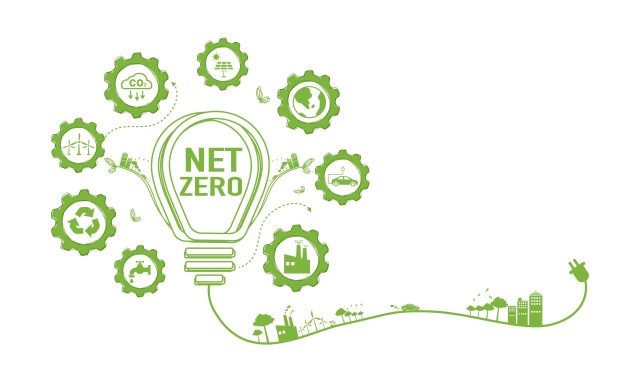Net Zero Energy (NZE) means a building will only consume as much energy as it can produce itself. To do this, the structure must combine energy efficiency along with renewable energy generation, such as geothermal, solar, wind or other offsite options so that the net amount of energy used is zero.

An NZE building reduces reliance on non-renewable energy sources and can achieve Net Zero status initially through high levels of energy efficiency and conservation measures. In order to achieve that Net Zero status, onsite renewable power generation must be included. We are seeing a shift towards NZE in building codes and regulations, but also the availability of tax credits and other economic incentives that accrue to developers and builders who build an NZE building.
Since buildings account for 40% of greenhouse gases (GHG), a significant effort is needed to reduce GHG in buildings for health and safety reasons. Plus, NYS has a goal of meeting 70% renewable energy and an 85% reduction in GHG by 2050. The value of zero economically amounts to a 30-50% energy and cost reduction savings over the course of a building’s life. In a word, the value of zero is huge!
Several studies have found the incremental cost of NZE buildings to be in the range of 0-15% more than conventional construction costs. This incremental cost is for design and construction only and does not consider the life-cycle cost savings of lower energy costs to operate (energy, maintenance, insurance, etc) the building over time. But why pay more to develop a Net Zero building? The cost of moving towards NZE may be more but the financial benefits make it worthwhile, consider:
- Savings between 20-50%
- Payback between 5-10 years
- IRR between – 10-25%
The financial savings are certainly not the only benefit. Other benefits are:
- Workforce: Today’s workforce wants employers that care about their health, comfort and environment. Studies show the majority of younger workers are very concerned about climate change and the environment. Low energy and solar powered buildings appeal to this audience of innovative workers.
- Resiliency & Safety: Green buildings with passive heating, cooling and ventilation have the capacity to tap into renewables that are more resilient and safer to occupants when there are power outages and extreme weather events. They heat up and cool down much slower than average building. For this, and other reasons, some insurance companies offer discounted liability insurance or green insurance for buildings that meet the criteria.
- Public Relations/Marketing: Green buildings often garner attention from the press. Developers spend a significant amount to advertise a new building in order to generate interest in the building and lease it more quickly. Developers who have developed green buildings are at a competitive advantage because they often are able to get significant local real estate press at little to no cost.
Buildings are not created equal so it might be more or less difficult to achieve NZE depending on the function, size and condition of the building. But that’s where ReWire fits in. We can evaluate your new or existing building and provide you with strategic recommendations that will get you to your goal.
Contact us to see how you can realize the benefits of net zero for your buildings and across your portfolio.
